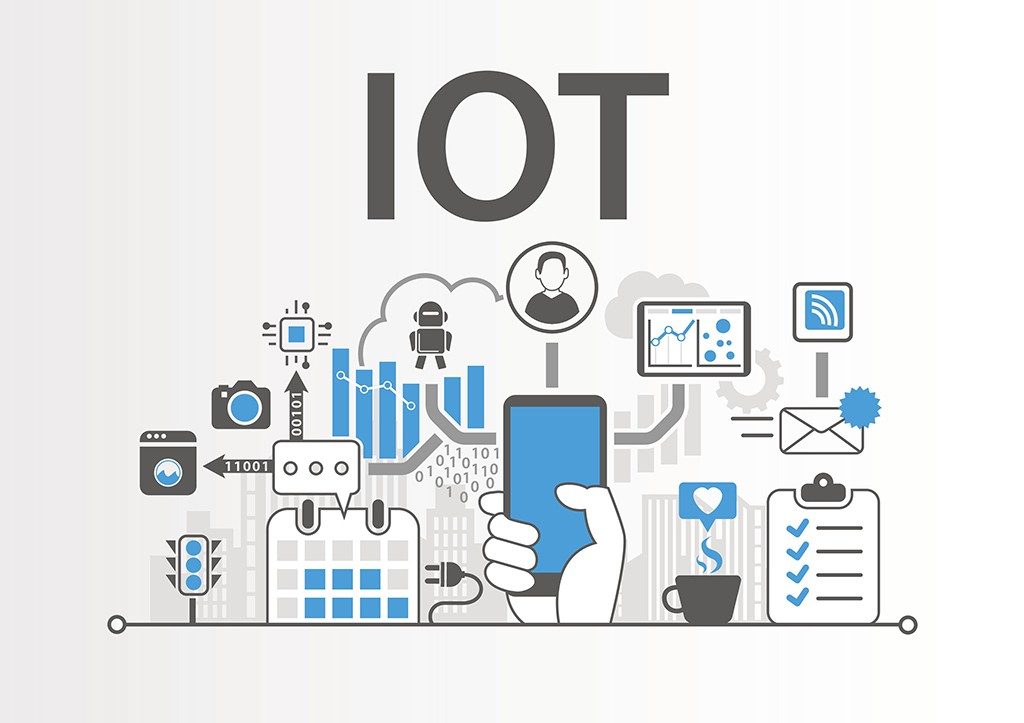End-to-end supply chain transparency has proven a difficult-to-attain gold standard, not only by transportation and logistics companies, but by any company that depends on the movement of goods to propel business forward. In the thick of the COVID-19 era and its ripple effects, this need has become even more critical across nearly every sector. The pandemic is exposing holes in traditional linear methods of supply chain reporting, especially when shipments involve multi-tiered transportation models. To make real-time decisions, enterprises need reliable, real-time intelligence.
A Shift in Asset Tracking
Enterprises are now turning to newer technologies, such as Mobile Internet of Things (IoT), to help solve the growing challenge of providing full end-to-end supply chain visibility. Increasingly, more players are realizing they can leverage existing mobile (cellular) networks for connectivity; according to the ITU, mobile cellular signals already reach 97% of the global population.
With the advent of new standards in the Mobile IoT space, including low bandwidth protocols such as LTE-M and NB-IoT, enterprises have the opportunity to connect millions of low bandwidth asset-tracking devices in combination with various location technologies to follow assets as they move between the insides of buildings to the great outdoors. With no need for new infrastructure, deployment costs are significantly reduced, and scalability becomes delightfully simple. The power profile of Mobile IoT is significantly lower than previous generations of cellular, extending battery life to years rather than days. Mobile IoT allows for a single source of end-to-end supply chain transparency.
Visibility Equals Agility
In cases where transportation and logistics companies once only found it financially feasible to track entire trucks, they are now seeing the ROI to track millions of smaller, individual assets with considerably lower-cost Mobile IoT-powered asset trackers.
Actionable intelligence from the field comes in the form of various sensor data, including temperature, humidity, shock, light, carbon, sound, or other conditions, with the backbone being its location sensor. Delivering real-time location data provides adequate context to enable immediate, informed action to rectify situations, before they result in loss of productivity—or product.
Smart Pallet Case Study
One key example of this technology at work for one company—but a typical challenge of many, however—involves tracking pallets effectively as they move through the supply chain. The company was presented with a challenge regarding recovering pallets following theft or loss which was only amplified by their use of multi-tiered distribution.
In the past, the company leaned on GPS tracking for pallets supporting higher value goods, though the company’s ability to yield a location reading was far from guaranteed. Due to the inherent limitations of GPS, the company was only able to spot the pallet when it had a clear line of sight to the sky. Yet most of the time, the pallets were inside a container or warehouse, rendering GPS useless. They found that GPS trackers were pricey, tough to maintain out in the field, and drained battery quickly. The pallet company also attempted using Cell-ID to locate pallets, until finding that both reliability and accuracy were issues. Tying these two location solutions together with the rest of their software platforms to offer valuable data became burdensome and expensive.
The company then turned to Mobile IoT for connectivity, leveraging existing mobile infrastructure to pinpoint precisely where in the supply chain pallets could be found. Using a Mobile IoT location solution resulted in considerably less power and bandwidth consumption, both indoor and outdoor coverage, and faster scalability. Mobile IoT enabled the smart pallet company to track 50,000 smart pallets, regardless of the value of the goods that were being transported. The company was able to prove fast ROI through real-time tracking data that provided customers insights about transported goods, increased efficiency in recovering pallets, and reductions in theft and loss.
New Mobile IoT technologies are driving down the cost and expanding the accessibility of asset tracking. With millions of new IoT devices coming online with escalated frequency, this technology is proving to have a real impact on companies’ bottom lines. Every company has their own unique needs for asset tracking, but the one thing they all have in common is the need for accessible location insights that sustain powerful ROI. While Mobile IoT can be used in combination with various location solutions, choosing the right method can make or break the success of implementation.
By Ed Chao, CEO, Polte
Source: https://www.inboundlogistics.com
CUT COTS OF THE FLEET WITH OUR AUDIT PROGRAM
The audit is a key tool to know the overall status and provide the analysis, the assessment, the advice, the suggestions and the actions to take in order to cut costs and increase the efficiency and efficacy of the fleet. We propose the following fleet management audit.




